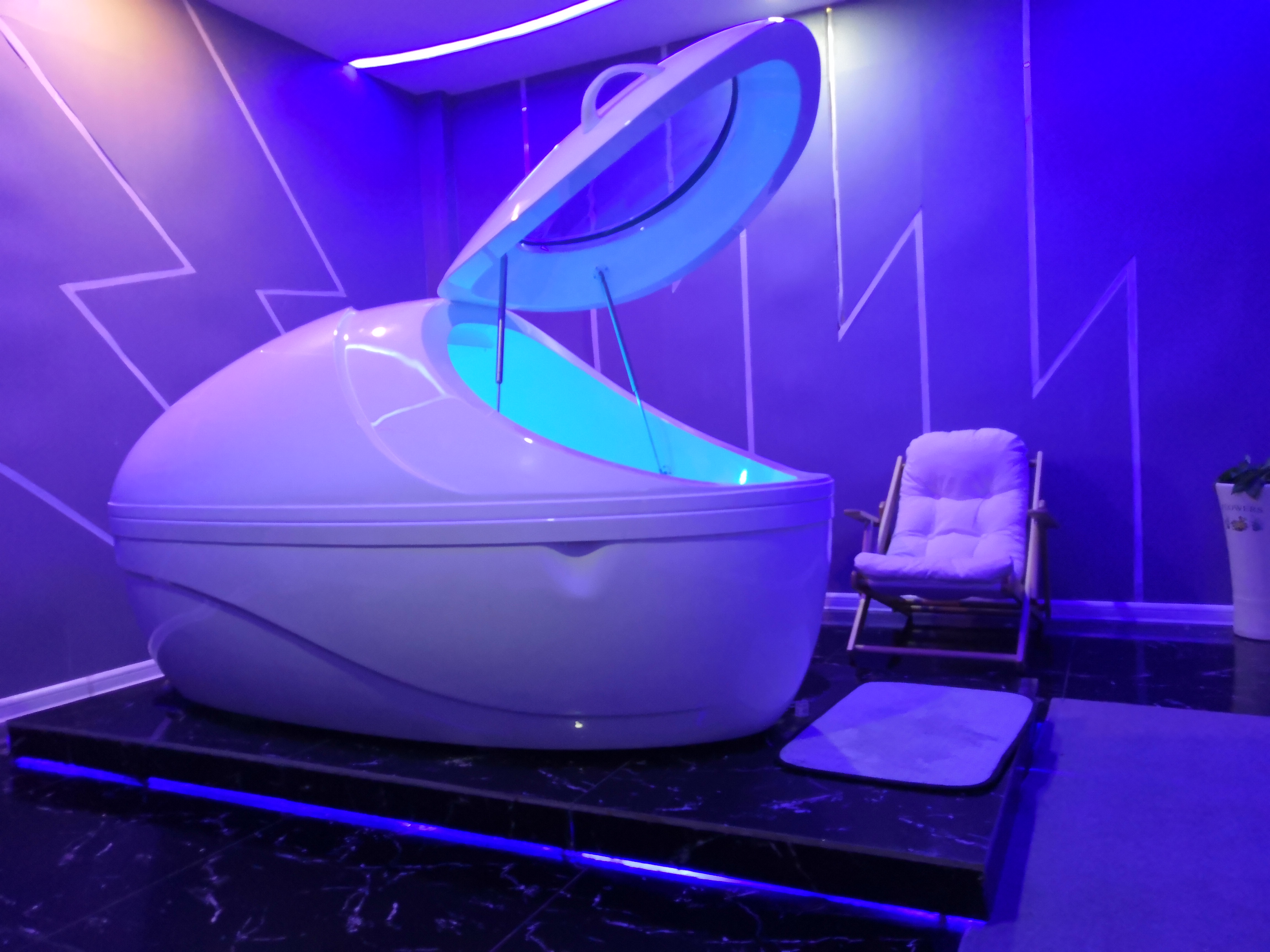One thing that Fine emphasized during our interview was how the struggle to find funding has been a hindrance to float research since the very beginning. The combination of needing funding, not just to pay for staff but also for the purchasing and installation of a float tank itself, is a huge commitment, and one that not many funders want to pay for. Even now, with more and more compelling research backing up the extraordinary benefits of floating, funding is still hard to come by. Most often, new research is limited to facilities that already have existing float tanks (which is still not very common).
He mentioned how lucky he was at the start of his float research that they were able to secure private funding. This allowed them to pursue their ideas and start with that first blood pressure study. Without their success in raising private funding, who knows when, if ever, Fine and Turner would have been able to conduct their float research. Thankfully, in this case, the stars aligned, as their early work was absolutely crucial in advancing the understanding of floating and what it was doing to our bodies.
In addition to his research, Tom Fine has also been an ongoing advocate for floatation REST and has worked to promote awareness of the therapy among healthcare professionals and the general public. He has given talks at the Float Conference and at other events, sharing his expertise and knowledge with the world. When asked about any current work he is doing in the float world, he responded simply with, “I’m floating,” and let out a chuckle. Despite being done with research, he still does clinical work with clients, and says that he consistently suggests to his clients that they visit the tank to help with their treatment.
When we questioned Fine on what excites him about current and future research, he said that the advancement in technology is something that he believes will continue to solidify floating as a valuable therapeutic tool. Being able to take more and more accurate measures pre-, post-, and even during a float session will allow more advanced research that is able to look at various, specific biomarkers to see how the body is responding.
Tom also said he would love to see some of his old studies, like his cortisol study, be replicated as well expanded into looking at other biomarkers. He also talked about how great the Float Research Collective can be when it can become fully operational. The idea of having a synchronized research system across float centers from around the world, all gathering data and pushing the float world further together is one he is hopeful for.
Fine and Turner’s work helped to validate the use of floatation REST as a therapeutic tool, and it shed light on the underlying mechanisms that make it effective. By exploring the effects of floatation REST on the autonomic nervous system, pain perception, and mood, their research truly was the foundation of developing a more comprehensive understanding of the therapeutic benefits of floating.

